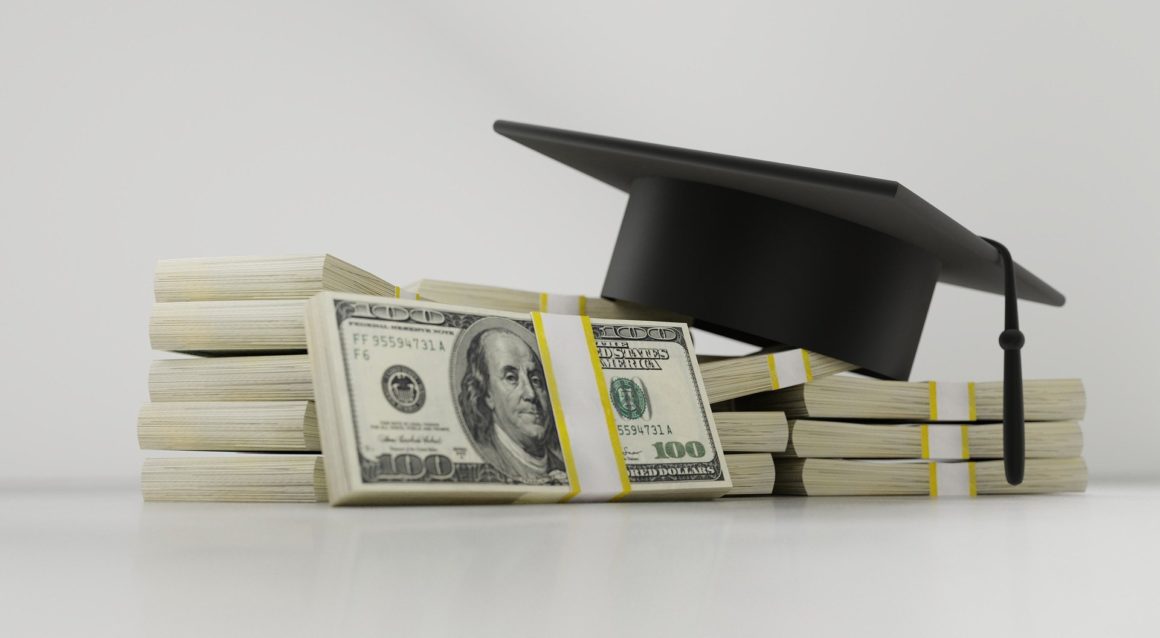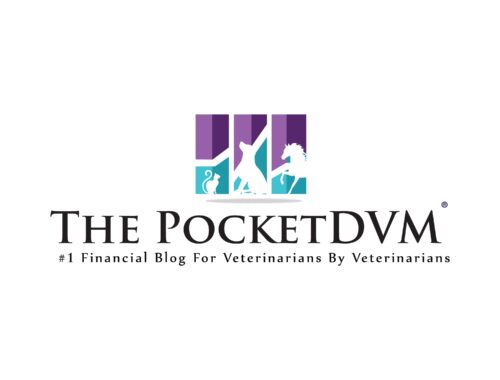
The over exuberance of the debt free mantra
Everywhere you turn, the mantra in student loan circles these days is: be debt free! Let’s blow the cover off this myth right now. What they are really saying is “student debt free,” but that doesn’t roll off the tongue quite as well. Ask any of these “debt free” folks if they own a house. Unless they magically paid cash for their home, they are not debt free. They owe $100,000s to a bank. The claim is: a house is an investment! Only, that’s not true. We have already shown that most of the increase in home value is the result of inflation and the never-ending increase in home square footage. A home is an expense and will cost you on average 1%-3% of its value every year in upkeep. Your education on the other hand is an investment. It pays a return – called an income – every single month.
Nevertheless, let’s play along with the debt-free folks for a moment. Below is a chart showing debt for the class of 2019.
The 44%
44% of the class of 2019 owed more than $175,000 at graduation and we are going to focus on these folks. Let’s consider at graduation every single one of them is earning $100,000 a year and is living in a moderately priced city in Arizona. They all plan on paying off their loans using the standard repayment plan in 10 years. After taxes and standard deductions, their monthly take home pay is $5,849.63. If we assume an interest rate of 5.25% the table below shows debt, monthly loan payment and take-home pay.
Debt Loan Take-Home
199,999 $2,145 3,704
274,999 $2,950 2,899
299,999 $3,218 2,631
324,999 $3,486 2,363
349,999 $3,755 $2,094
Let’s look at the student with 299k of debt. While $2,631 in take home pay might seem reasonable, wait until we consider housing. The average 900 Sq foot apartment in Chandler, a suburb of Phoenix, costs $1,739 a month. Unless our hypothetical student is planning on living in a cardboard box, it’s going to be a really long 10 years. She will need to fit all her expenses (food, car, insurance, entertainment, health care, etc.) into $892 a month. Try saving for retirement, buying a house or going on a vacation with $892 a month. But there are alternatives.
Debt : Income ratio
Who should pay off student loans using the standard 10-year plan? Anyone with a Debt: Income ratio (D:I) of < 1.0 should pay off their loans as quickly as possible and join the ranks of the student debt free. Let’s consider a recent graduate making $100,000 with $95K of debit at 5.25% interest. That’s a debt : income ratio of 0.95. Their monthly loan payment would be $1,019. If take home pay is $5,849.63, that leaves $4,830 a month on which to live. Not all the money in the world, but livable. Their debit will be gone in 10 years, less if they make additional payments.
Who shouldn’t try to pay off student loans using the standard 10-year plan? Anyone with a D:I > 2.0. I’ve already shown above that a recent graduate with 299K of debt (D:I 3) would take home only $2,631; however, if they entered an income driven plan, their monthly debt payment would drop to $620. Yes, they will be paying off debt for 20 years, but they will also be saving for retirement, buying a home, and probably squeezing in a vacation or two. At the end of the 20 years, there will be an unpaid balance which will be forgiven; however, there is no such thing as a free lunch. The government will come looking for tax on the forgiven amount, but we have already covered the stress-free way to plan for this scenario.
The twilight zone is reserved for those with a D:I of 1 to 2. There is no correct answer as to whether these folks should select a 10-year plan repayment plan, or an income-based plan. Really the only way to select a plan and run the numbers and see with which plan you are most comfortable.
Fear mongering
The latest from the debt free crowed is that income-based plans are a “bait and switch.” The government will eliminate the plan as soon as you get to the finish line and there will be no forgiveness. In fact, the government could do this. They could also nuke Russia, China or whoever the bad guy is this week. Washington could pave all the national forests. They could order an invasion of Canada. The reality is they are unlikely to do any of these things. There are 8 million student loan borrowers enrolled in these income-based programs and the numbers are growing every year. It’s estimated that 45% of new borrowers will be selecting these programs. While plans may change for new enrollees, it’s extremely unlikely the programs will change for current borrowers. Nevertheless, when asking the government to forgive $100,000s there are things we can do be sure the odds are in your favor.
- Be sure to recertify income annually. 6 in 10 borrowers fail to meet the annual deadline
- Be certain to make payments on time
- Watch your lender like a hawk. A judge has determined that student loan servicers participate in “unlawful paperwork processing delays, inaccurate denials, lost paperwork, and insufficient information or guidance.”
There is nothing wrong with paying off student debt. Perhaps everyone should aspire to do this; however the reality is that not everyone will be able to achieve this goal. For the 44% with a D:I >2, there are alternatives that will allow living a comfortable life, savings for retirement and even a vacation or two. So take a deep breath and realize that they probably aren’t debt free either, just free of student loans.




